2011 Dodge Charger Brake Rotors and Pads
Click here to search another vehicle
All Rotors:
OEM x
Coated x
Drilled, Slotted and Coated x
Front x
Rear x
All Pads:
Ceramic x
Semi-metallic x
Front x
Rear x
Found 34 record
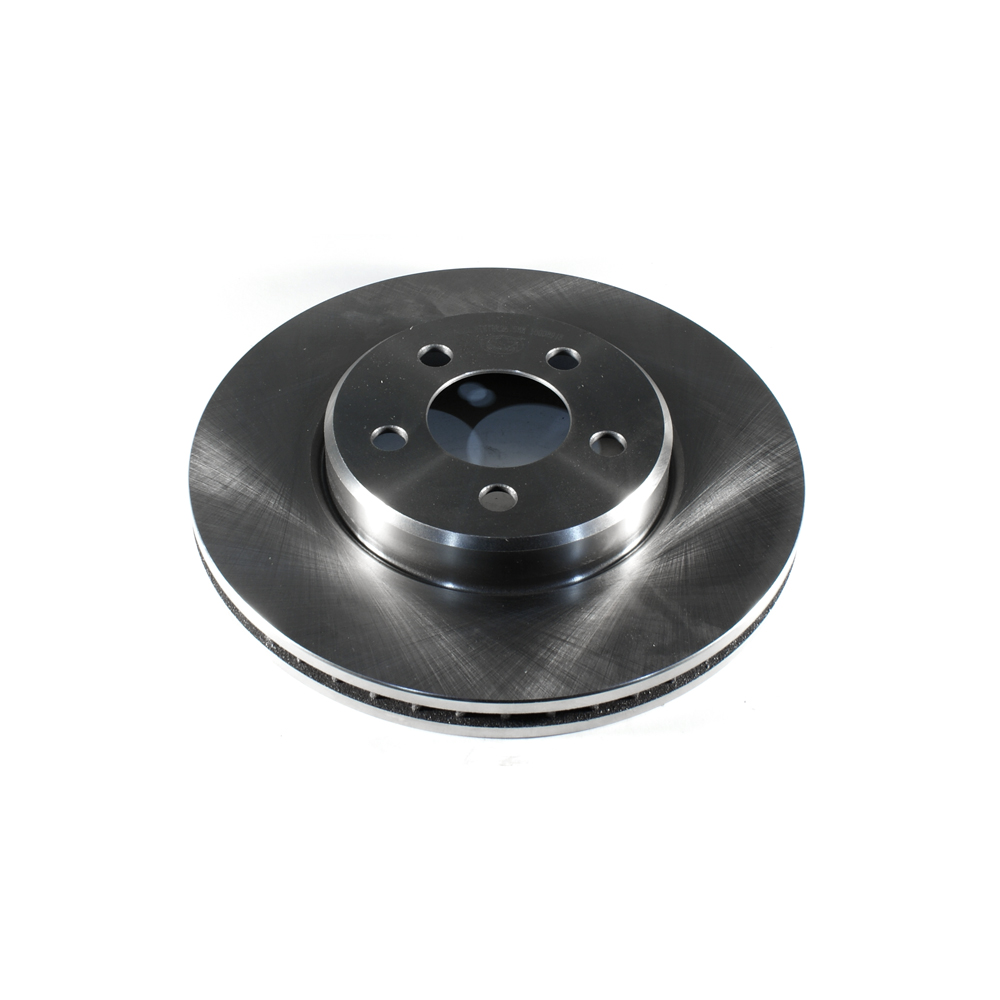
Part No: BR53022
Raybestos: 780255
OE: 4779196AB
Raybestos: 780255
OE: 4779196AB
$43.74 each
Per Car QTY: 2
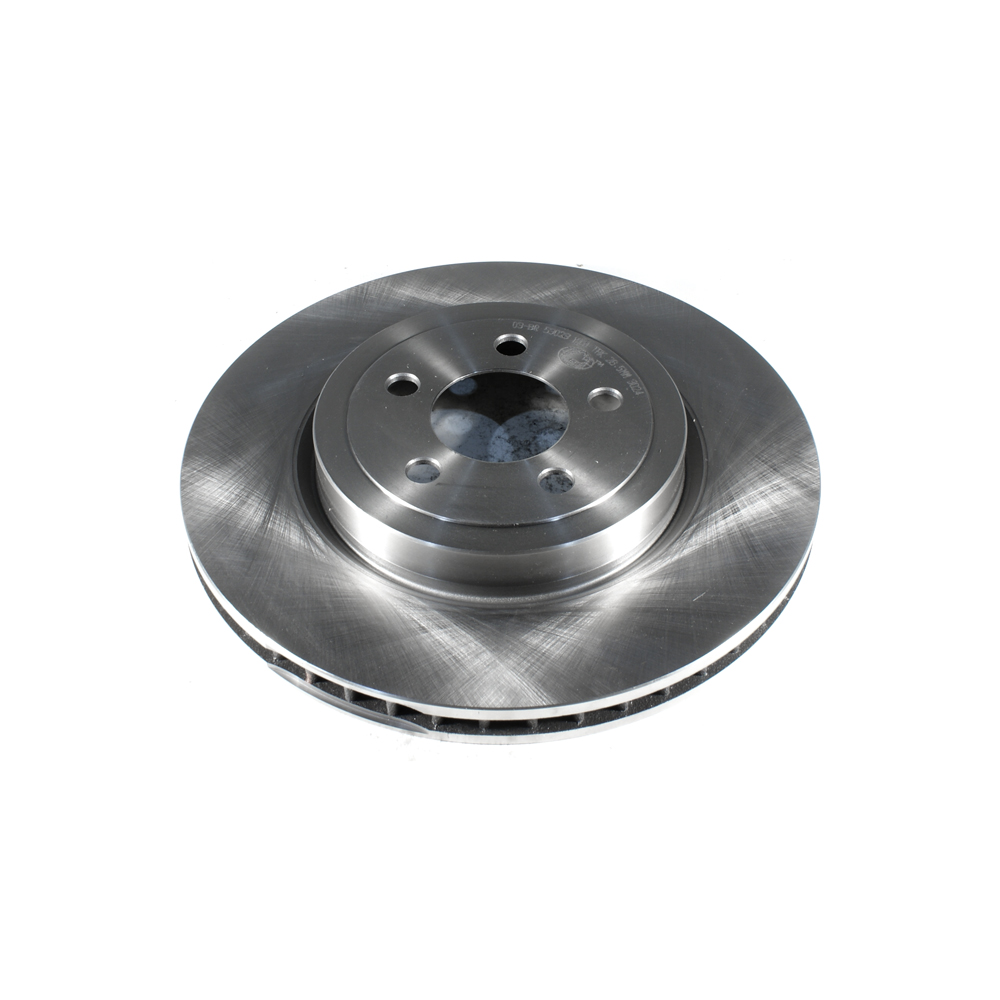
Part No: BR53023
Raybestos: 780256
OE: 4779197AB
Raybestos: 780256
OE: 4779197AB
$57.19 each
Per Car QTY: 2
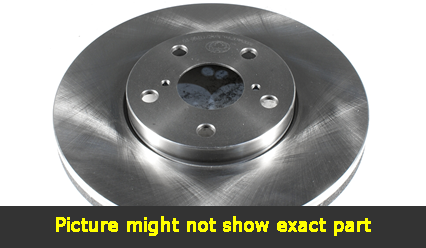
Part No: BR53029
Raybestos:
OE:
Raybestos:
OE:
$64.84 each
Per Car QTY: 2
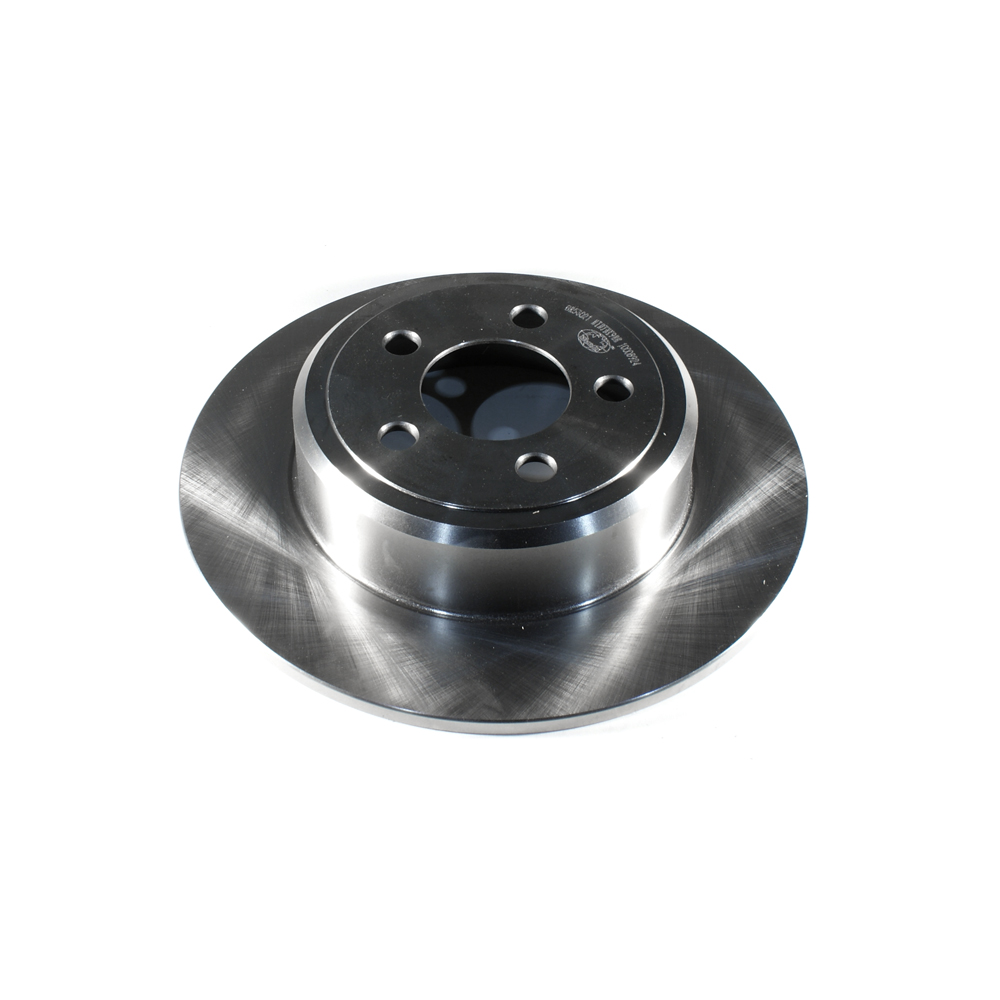
Part No: BR53021
Raybestos: 780254
OE: 4779208AB
Raybestos: 780254
OE: 4779208AB
$36.31 each
Per Car QTY: 2
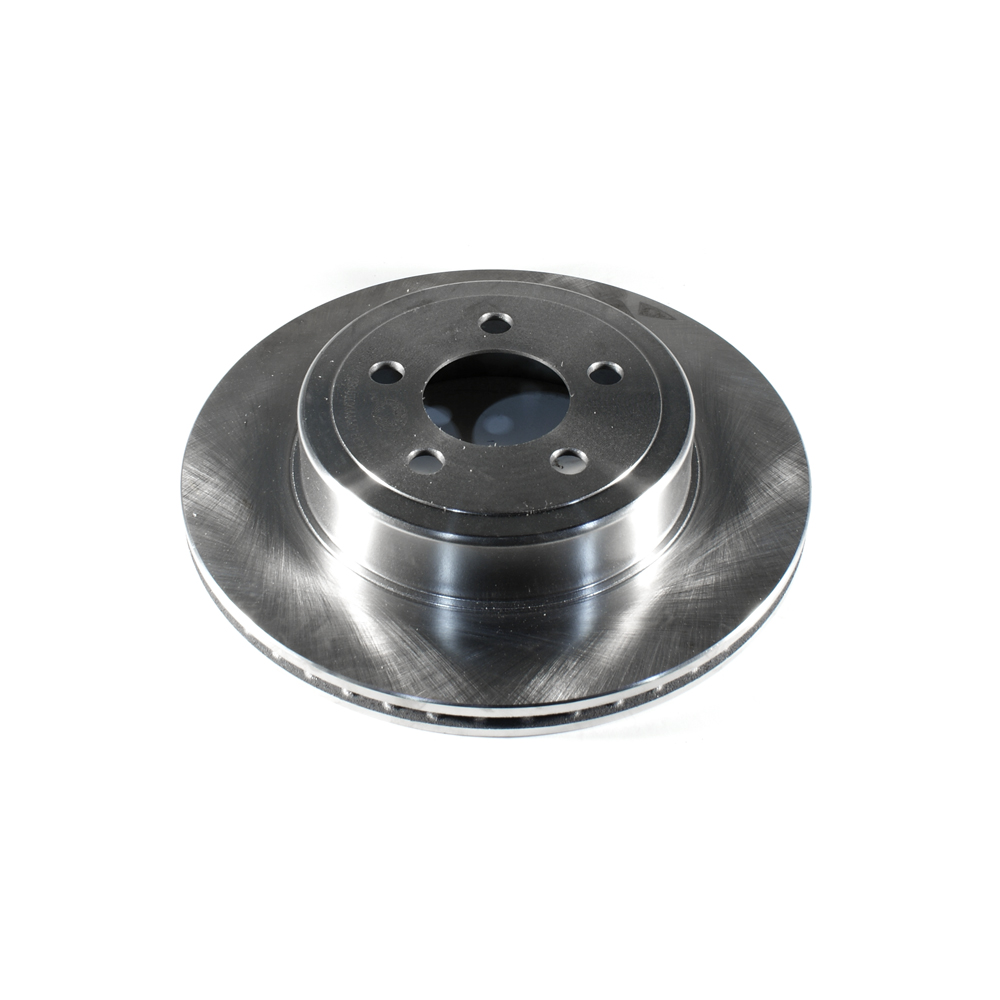
Part No: BR53024
Raybestos: 780257
OE: 4779209AC
Raybestos: 780257
OE: 4779209AC
$43.47 each
Per Car QTY: 2
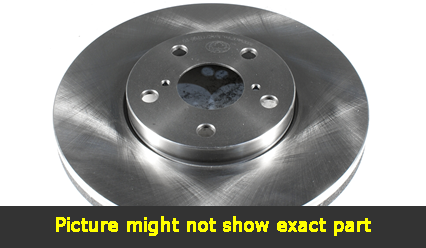
Part No: BR575115
Raybestos: 780395
OE:
Raybestos: 780395
OE:
$62.35 each
Per Car QTY: 2
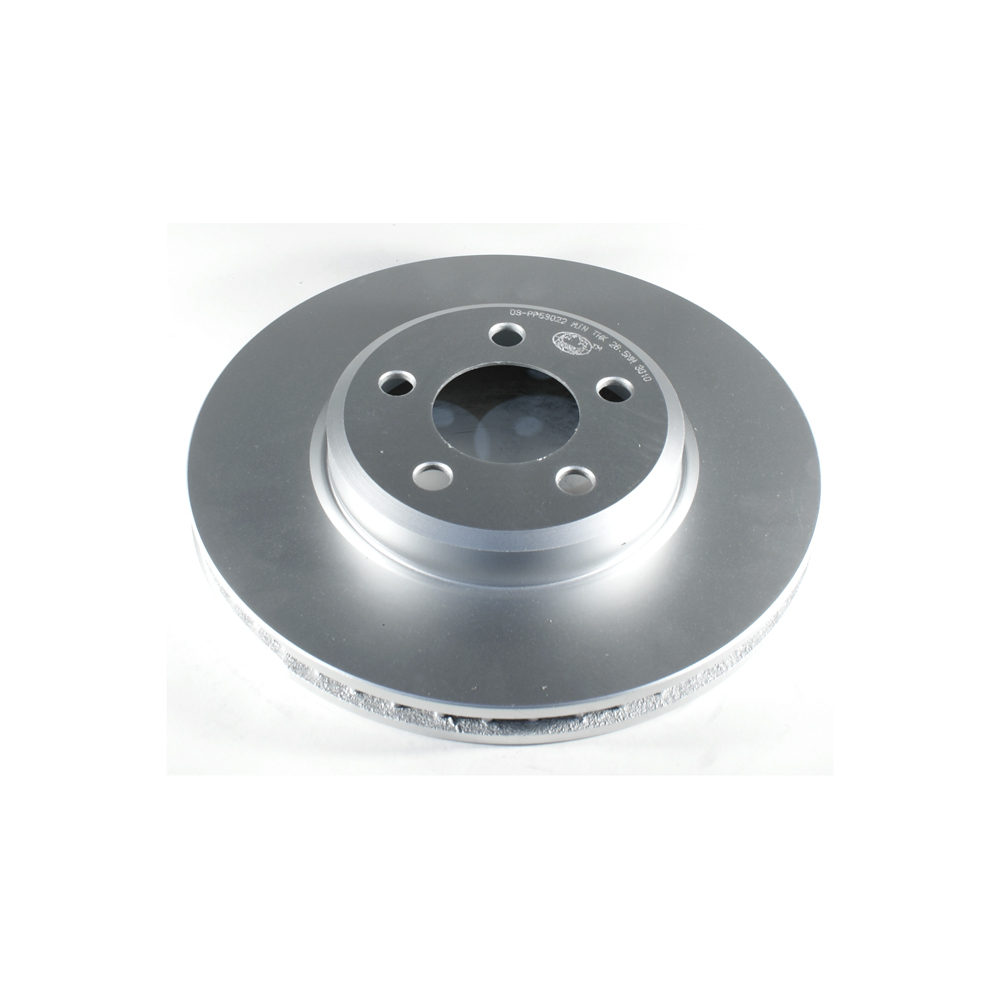
Part No: PP53022
Raybestos: 780255
OE: 4779196AB
Raybestos: 780255
OE: 4779196AB
$63.5 each
Per Car QTY: 2
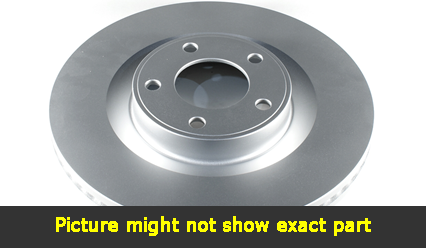
Part No: PP53023
Raybestos: 780256
OE: 4779197AB
Raybestos: 780256
OE: 4779197AB
$77.78 each
Per Car QTY: 2
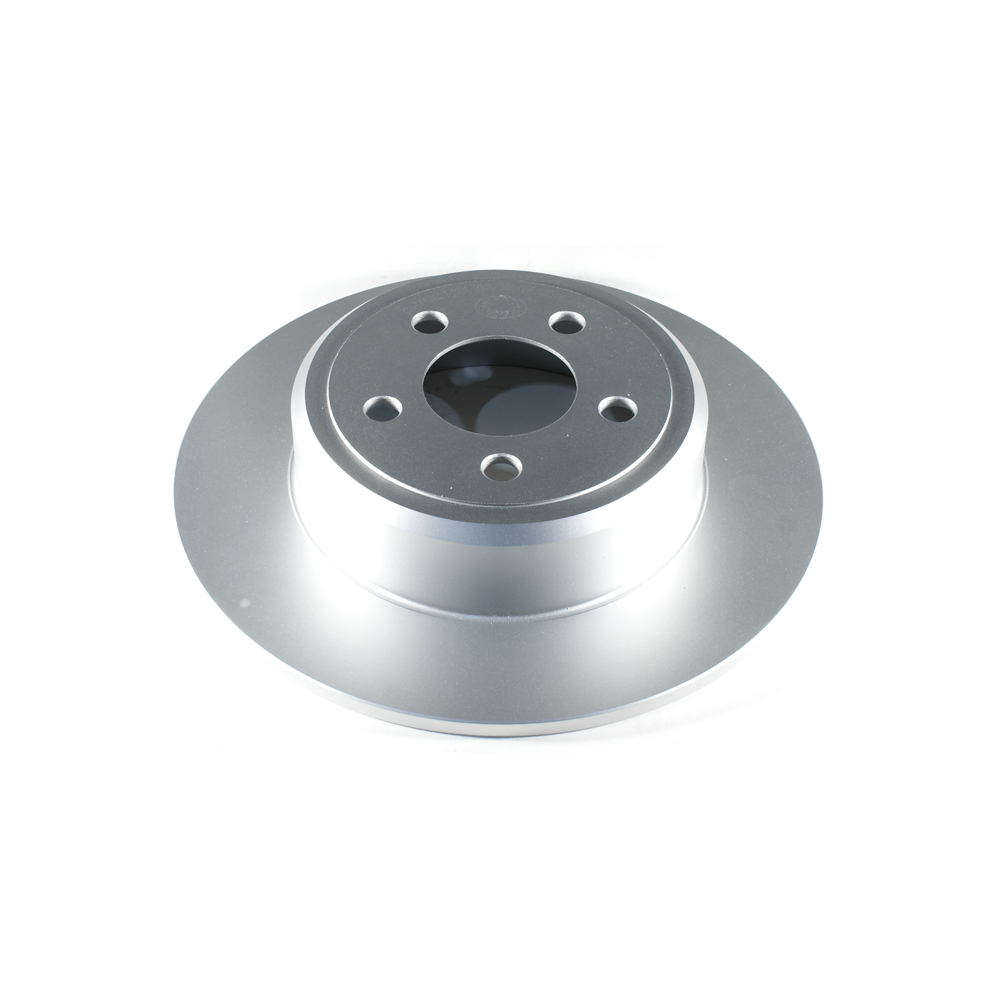
Part No: PP53021
Raybestos: 780254
OE: 4779208AB
Raybestos: 780254
OE: 4779208AB
$48.8 each
Per Car QTY: 2
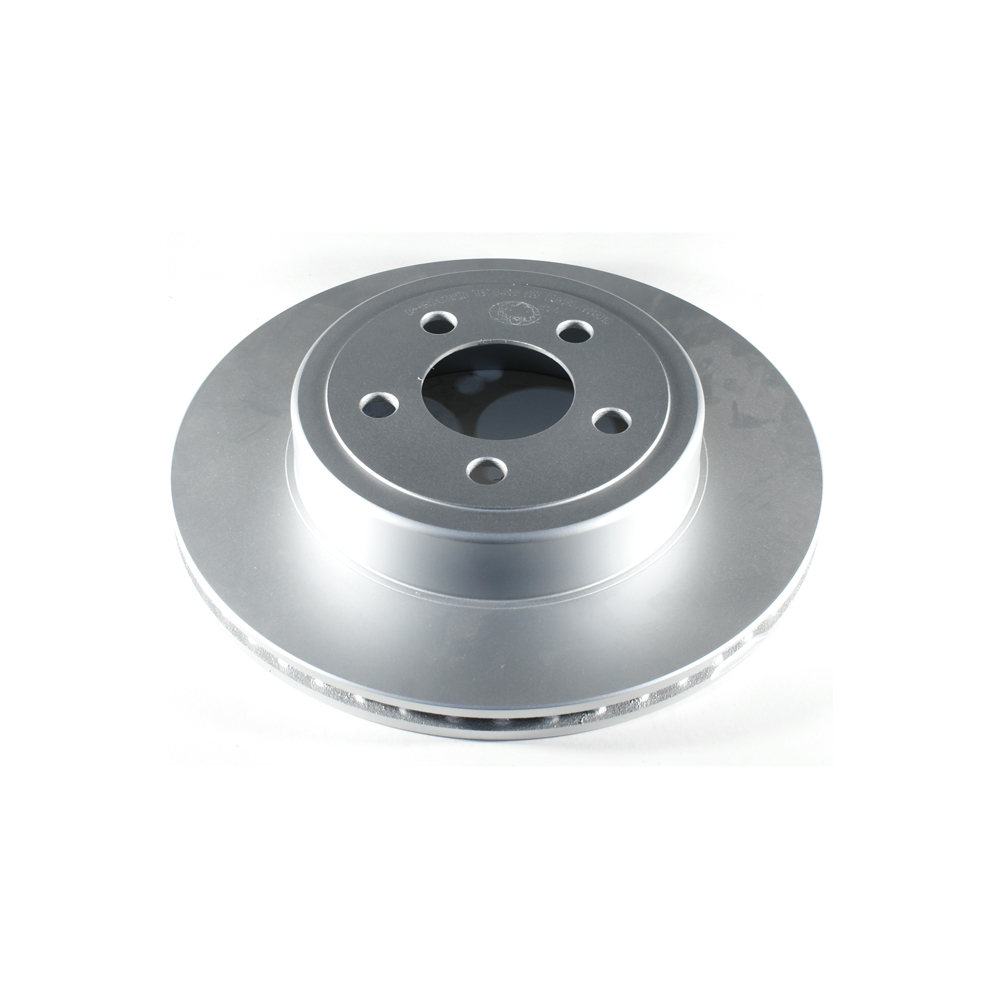
Part No: PP53024
Raybestos: 780257
OE: 4779209AC
Raybestos: 780257
OE: 4779209AC
$58.41 each
Per Car QTY: 2
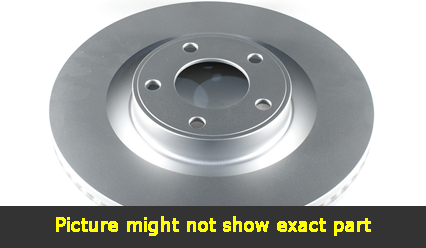
Part No: PP575115
Raybestos: 780395
OE:
Raybestos: 780395
OE:
$78.73 each
Per Car QTY: 2
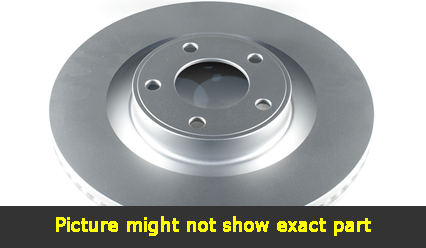
Part No: PP575164
Raybestos:
OE: 02042K2456
Raybestos:
OE: 02042K2456
$89.91 each
Per Car QTY: 2
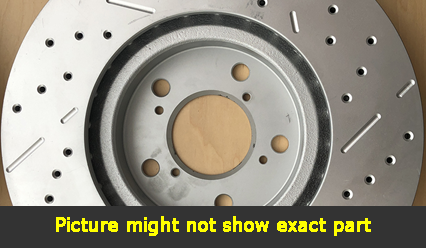
Part No: SP53022L
Raybestos: 780255
OE: 4779196AB
Raybestos: 780255
OE: 4779196AB
$95.9 each
Per Car QTY: 1
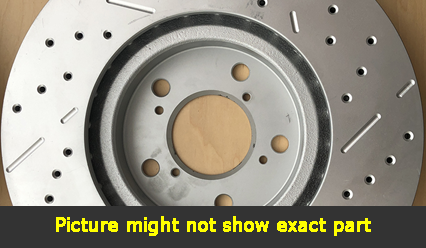
Part No: SP53022R
Raybestos: 780255
OE: 4779196AB
Raybestos: 780255
OE: 4779196AB
$95.9 each
Per Car QTY: 1
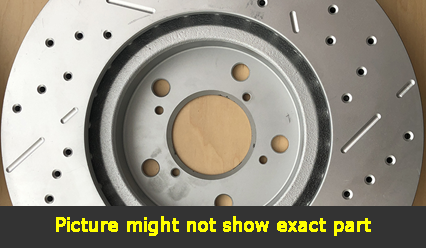
Part No: SP53021L
Raybestos: 780254
OE: 4779208AB
Raybestos: 780254
OE: 4779208AB
$81.2 each
Per Car QTY: 2
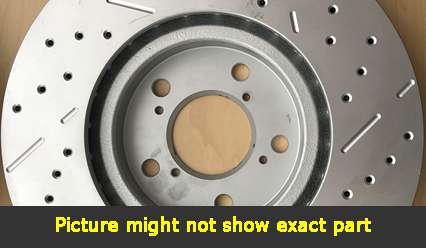
Part No: SP53021R
Raybestos: 780254
OE: 4779208AB
Raybestos: 780254
OE: 4779208AB
$81.2 each
Per Car QTY: 2
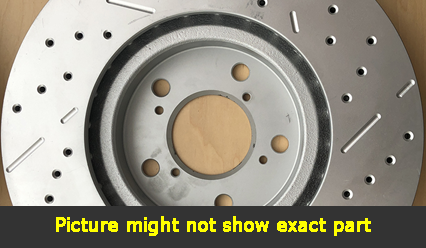
Part No: SP53024L
Raybestos: 780257
OE: 4779209AC
Raybestos: 780257
OE: 4779209AC
$90.81 each
Per Car QTY: 2
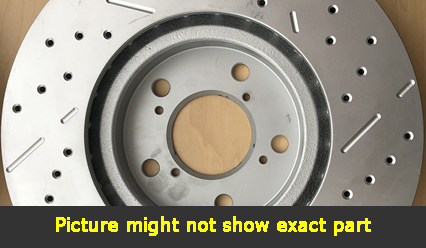
Part No: SP53024R
Raybestos: 780257
OE: 4779209AC
Raybestos: 780257
OE: 4779209AC
$90.81 each
Per Car QTY: 2

Ultra Plus Rotor
Position: FRONT LEFT
Fitment Notes: 345mm, Cross Drilled And Slotted, designed for Police
Position: FRONT LEFT
Fitment Notes: 345mm, Cross Drilled And Slotted, designed for Police
Part No: UP575114L
Raybestos: 780256P
OE:
Raybestos: 780256P
OE:
$101.59 each
Per Car QTY: 1

Ultra Plus Rotor
Position: FRONT RIGHT
Fitment Notes: 345mm, Cross Drilled And Slotted, designed for Police
Position: FRONT RIGHT
Fitment Notes: 345mm, Cross Drilled And Slotted, designed for Police
Part No: UP575114R
Raybestos: 780256P
OE:
Raybestos: 780256P
OE:
$101.59 each
Per Car QTY: 1

Ultra Plus Rotor
Position: REAR LEFT
Fitment Notes: 350mm, Cross Drilled And Slotted, designed for Police
Position: REAR LEFT
Fitment Notes: 350mm, Cross Drilled And Slotted, designed for Police
Part No: UP575115L
Raybestos: 780395
OE:
Raybestos: 780395
OE:
$112.19 each
Per Car QTY: 1

Ultra Plus Rotor
Position: REAR RIGHT
Fitment Notes: 350mm, Cross Drilled And Slotted, designed for Police
Position: REAR RIGHT
Fitment Notes: 350mm, Cross Drilled And Slotted, designed for Police
Part No: UP575115R
Raybestos: 780395
OE:
Raybestos: 780395
OE:
$112.19 each
Per Car QTY: 1

Part No: UP575164L
Raybestos:
OE: 02042K2456
Raybestos:
OE: 02042K2456
$116.15 each
Per Car QTY: 1

Part No: UP575164R
Raybestos:
OE: 02042K2456
Raybestos:
OE: 02042K2456
$116.15 each
Per Car QTY: 1
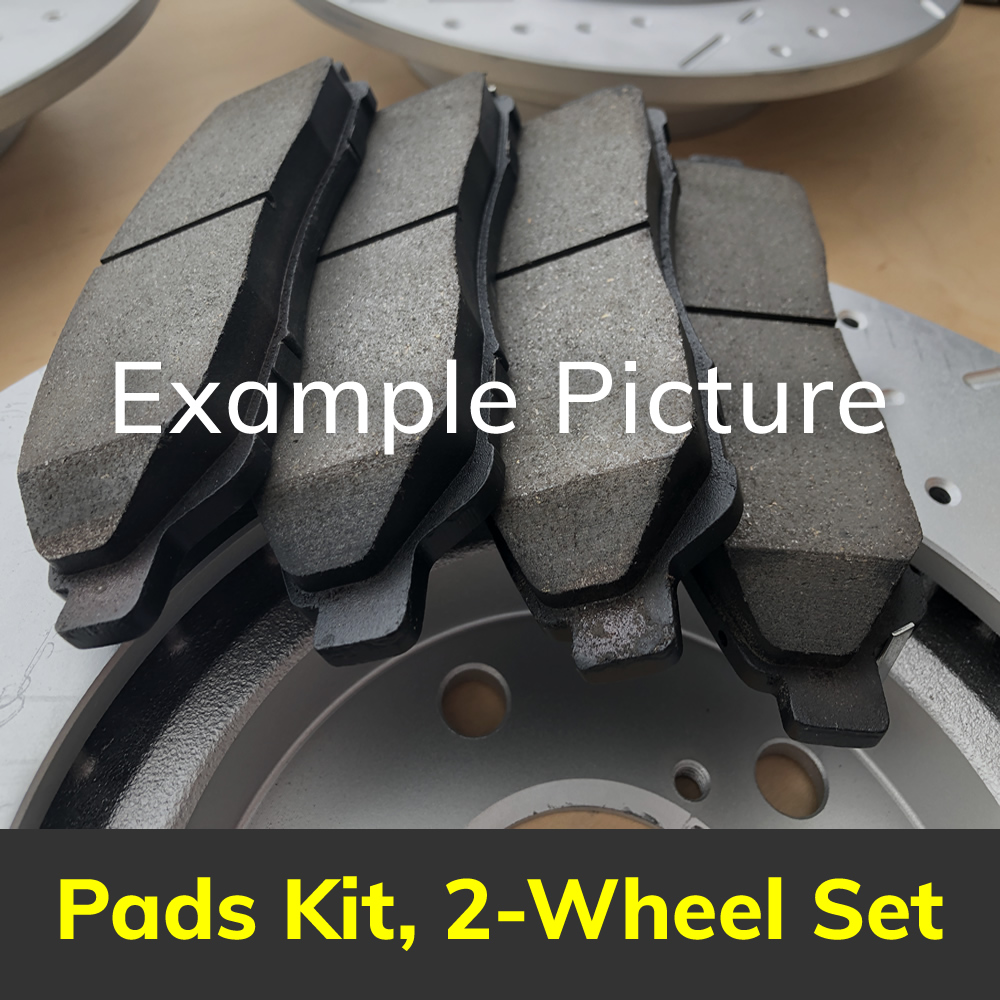
Part No: PD1056C
Raybestos: 1056
OE:
Raybestos: 1056
OE:
$36.77 each
Per Car QTY: 1
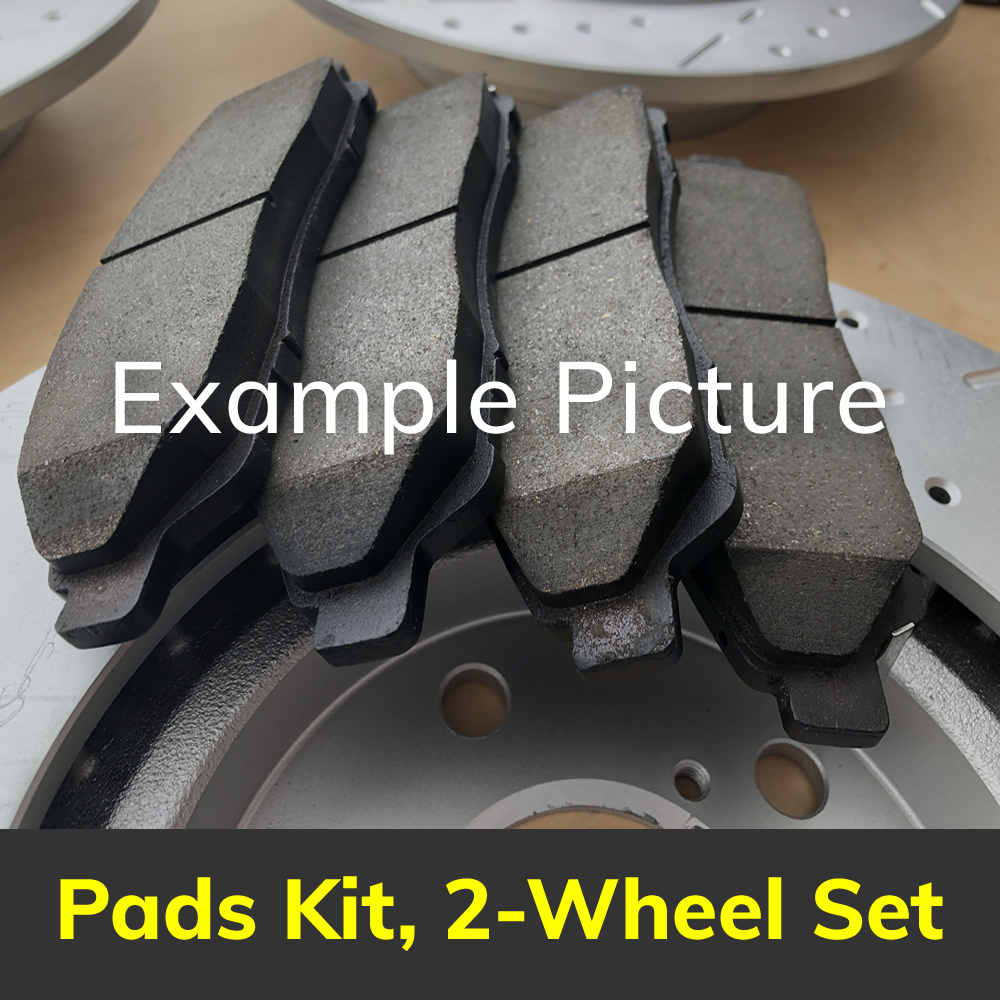
Part No: PD1058C
Raybestos: 1058
OE:
Raybestos: 1058
OE:
$37.13 each
Per Car QTY: 1
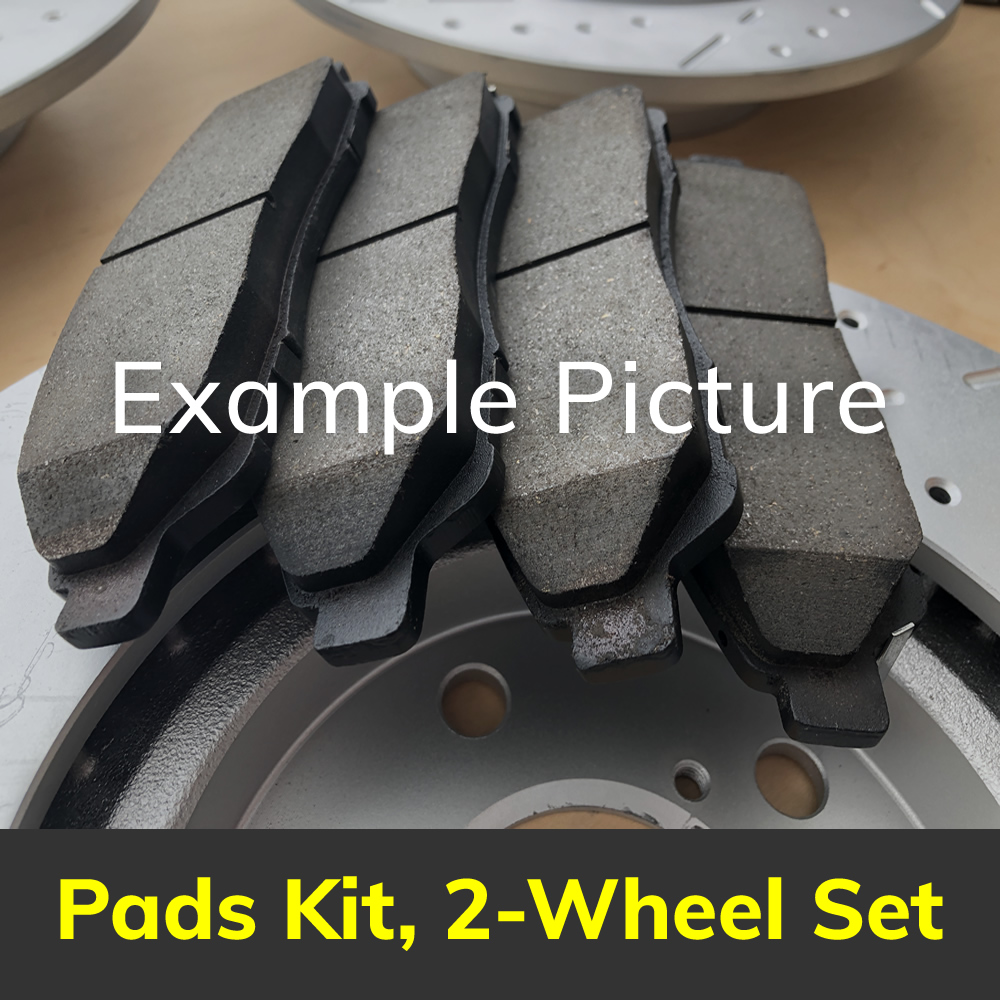
Part No: PD1053C
Raybestos: 1053
OE:
Raybestos: 1053
OE:
$51.46 each
Per Car QTY: 1
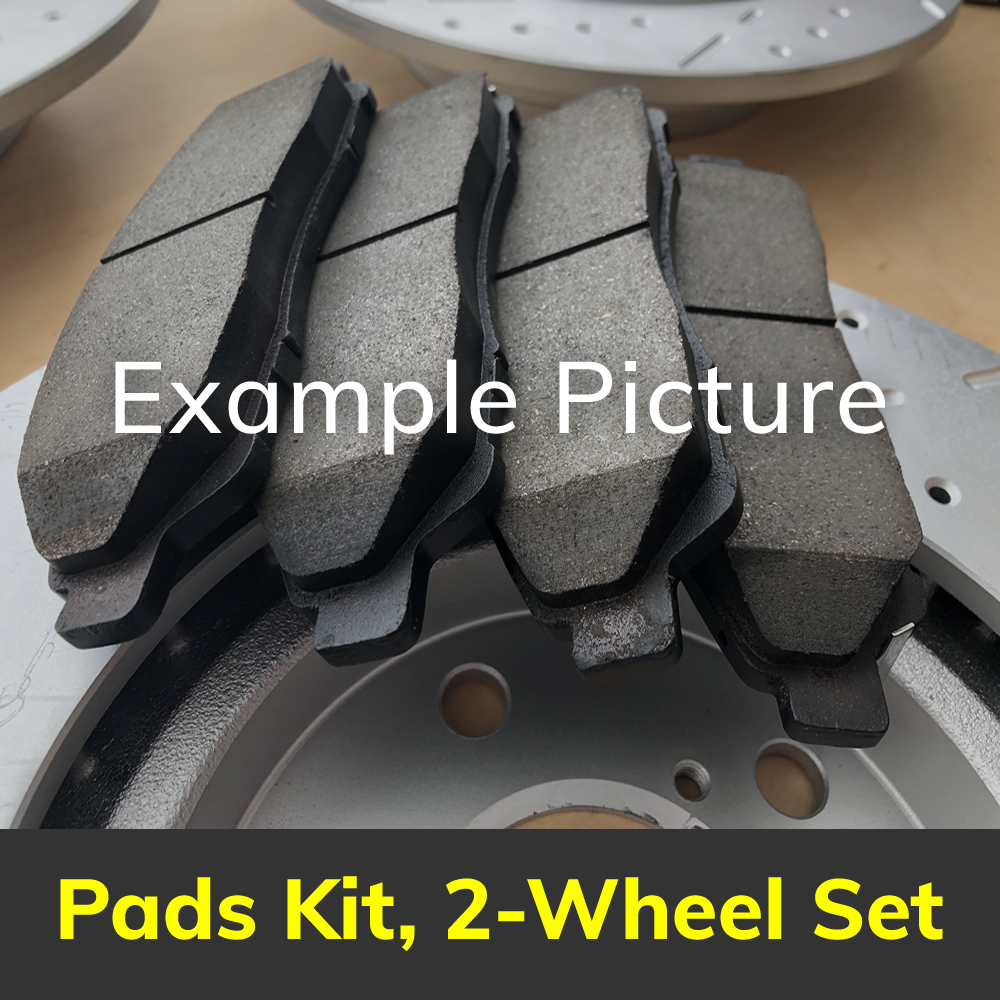
Part No: PD1057C
Raybestos: 1057
OE:
Raybestos: 1057
OE:
$36.02 each
Per Car QTY: 1
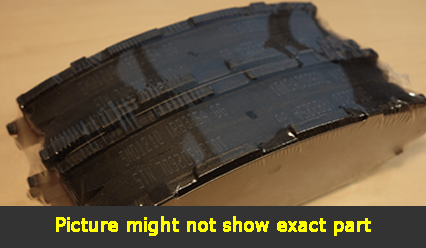
Part No: SMD1056
Raybestos:
OE:
Raybestos:
OE:
$25.36 each
Per Car QTY: 1
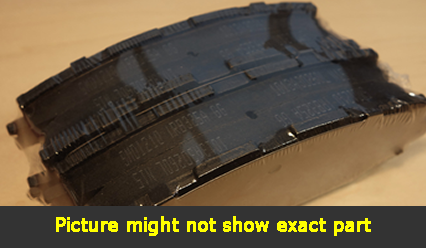
Part No: SMD1058
Raybestos:
OE:
Raybestos:
OE:
$25.92 each
Per Car QTY: 1
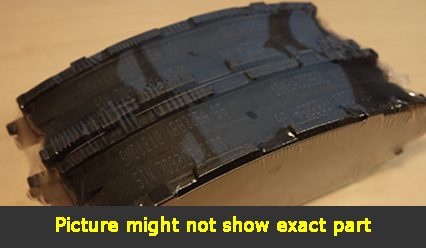
Part No: SMD1053
Raybestos:
OE:
Raybestos:
OE:
$26.51 each
Per Car QTY: 1
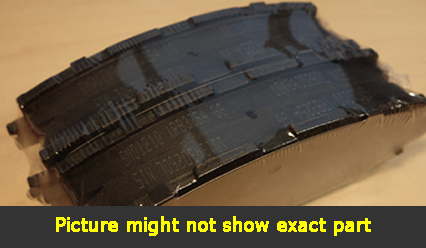
Part No: SMD1057
Raybestos:
OE:
Raybestos:
OE:
$23.42 each
Per Car QTY: 1
When it comes to choosing the right brakes for your 2011 Dodge Charger, it's essential to consider a few important factors that will ensure optimal performance and safety. The braking system is one of the most critical components of any vehicle, and making an informed decision will not only enhance your driving experience but also contribute to the longevity of your car. Let's explore the rules for selecting the ideal brakes for your Dodge Charger.
1. Know Your Driving Style: One of the primary considerations when choosing brakes is your driving style. Determine whether you drive aggressively, such as frequently braking hard or taking corners at high speeds, or if you have a more relaxed driving style. How you drive will determine the type of brakes that can adequately handle your needs.
2. OEM or Aftermarket Brakes: There are typically two options available when it comes to brakes – original equipment manufacturer (OEM) or aftermarket. OEM brakes are the same as those installed by the manufacturer, providing a safe and reliable choice. On the other hand, aftermarket brakes offer a range of options, such as slotted or drilled rotors, that may enhance performance but require careful consideration.
3. Brake Pad Material: The type of brake pad material greatly affects the braking performance and longevity. There are generally three types of brake pad materials: organic, semi-metallic, and ceramic. Organic brake pads provide smooth and quiet braking but may wear out faster. Semi-metallic pads offer improved performance but may produce more noise and wear out the rotor faster. Ceramic brake pads are the most advanced and expensive option, providing excellent stopping power, reduced noise, and longer lifespan.
4. Brake Rotor Design: Brake rotors come in various designs, including solid, vented, slotted, and drilled. Solid rotors are generally sufficient for day-to-day driving, while vented rotors enhance heat dissipation and are ideal for high-performance use. Slotted rotors improve grip by removing gas and dust from the brake pad. Drilled rotors are most useful in wet conditions, as they prevent water buildup between the rotor and pad. However, they may be prone to cracking under intense heat or hard braking.
5. Consider Your Budget: While safety should always be a top priority, it's also essential to consider your budget. Higher quality brake components, such as ceramic pads and vented, slotted, or drilled rotors, tend to cost more but provide better performance and durability. However, there are still reliable and affordable options available that can meet your needs without breaking the bank.
6. Seek Professional Advice: If you're unsure about the right brake components for your 2011 Dodge Charger, it's always best to consult with a professional. Brake experts or car mechanics can offer valuable advice based on their experience, ensuring you make an informed decision that aligns with your driving requirements and budget.
In conclusion, selecting the ideal brakes for your 2011 Dodge Charger necessitates careful consideration of your driving style, brake pad material, rotor design, and budget. Prioritize safety and consult with experts to make the best choice possible. By adhering to these rules, you'll enhance the performance, reliability, and most importantly, the safety of your vehicle.
1. Know Your Driving Style: One of the primary considerations when choosing brakes is your driving style. Determine whether you drive aggressively, such as frequently braking hard or taking corners at high speeds, or if you have a more relaxed driving style. How you drive will determine the type of brakes that can adequately handle your needs.
2. OEM or Aftermarket Brakes: There are typically two options available when it comes to brakes – original equipment manufacturer (OEM) or aftermarket. OEM brakes are the same as those installed by the manufacturer, providing a safe and reliable choice. On the other hand, aftermarket brakes offer a range of options, such as slotted or drilled rotors, that may enhance performance but require careful consideration.
3. Brake Pad Material: The type of brake pad material greatly affects the braking performance and longevity. There are generally three types of brake pad materials: organic, semi-metallic, and ceramic. Organic brake pads provide smooth and quiet braking but may wear out faster. Semi-metallic pads offer improved performance but may produce more noise and wear out the rotor faster. Ceramic brake pads are the most advanced and expensive option, providing excellent stopping power, reduced noise, and longer lifespan.
4. Brake Rotor Design: Brake rotors come in various designs, including solid, vented, slotted, and drilled. Solid rotors are generally sufficient for day-to-day driving, while vented rotors enhance heat dissipation and are ideal for high-performance use. Slotted rotors improve grip by removing gas and dust from the brake pad. Drilled rotors are most useful in wet conditions, as they prevent water buildup between the rotor and pad. However, they may be prone to cracking under intense heat or hard braking.
5. Consider Your Budget: While safety should always be a top priority, it's also essential to consider your budget. Higher quality brake components, such as ceramic pads and vented, slotted, or drilled rotors, tend to cost more but provide better performance and durability. However, there are still reliable and affordable options available that can meet your needs without breaking the bank.
6. Seek Professional Advice: If you're unsure about the right brake components for your 2011 Dodge Charger, it's always best to consult with a professional. Brake experts or car mechanics can offer valuable advice based on their experience, ensuring you make an informed decision that aligns with your driving requirements and budget.
In conclusion, selecting the ideal brakes for your 2011 Dodge Charger necessitates careful consideration of your driving style, brake pad material, rotor design, and budget. Prioritize safety and consult with experts to make the best choice possible. By adhering to these rules, you'll enhance the performance, reliability, and most importantly, the safety of your vehicle.


